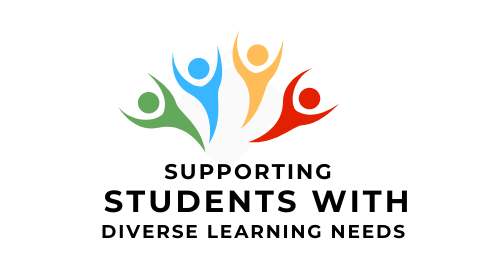This website and course provides practical information and easy-to-use strategies to help you support the diverse learning needs of students in your classrooms and on your campuses. If you have a role in supporting students at a post-secondary institution, this resource is for you.
With the support of this course and connected resources, you will learn to:
- Understand the duty to accommodate
- Explore creative options to address functional impacts of various disabilities
- Promote equity, diversity, and inclusion on campus by creating accessible learning environments
- Access the full course or browse additional information on impacts, duty to accommodate, and universal design.
A Note on Terms
Some may prefer to use such terms as “exceptionalities,” “other enabled,” “learning difference” or “students with special needs” in place of the term “disability” as in “students with disabilities.” However, in most Student Accessibility Centres and Disability Services Offices in postsecondary institutions across Canada, the term “disability” is used because that is the language most commonly used in North America by:
- Professionals who specialize in identifying mental and physical disabilities.
- Frequently cited diagnostic manuals (e.g., Diagnostic and Statistical Manual of Mental Disorders).
- Funding agencies that provide financial support to postsecondary students with disabilities (e.g., Canada Study Grant for Services and Equipment for Persons with Permanent Disabilities).
- Professional associations that inform and educate the public on disability-related issues (e.g., Learning Disabilities Association of British Columbia, National Education Association of Disabled Students).
- Government agencies and related legislation such as Student Financial Aid branches, Ministry of Advanced Education, and BC Human Rights Code.
Feedback
Please go to the contact us page if you have any feedback.





